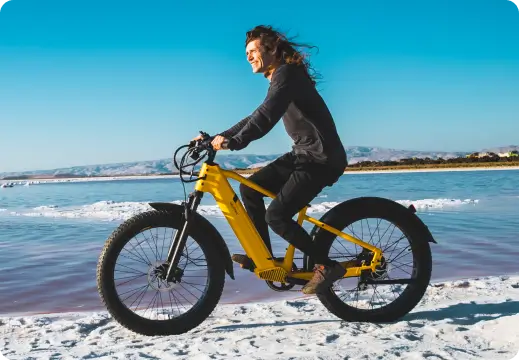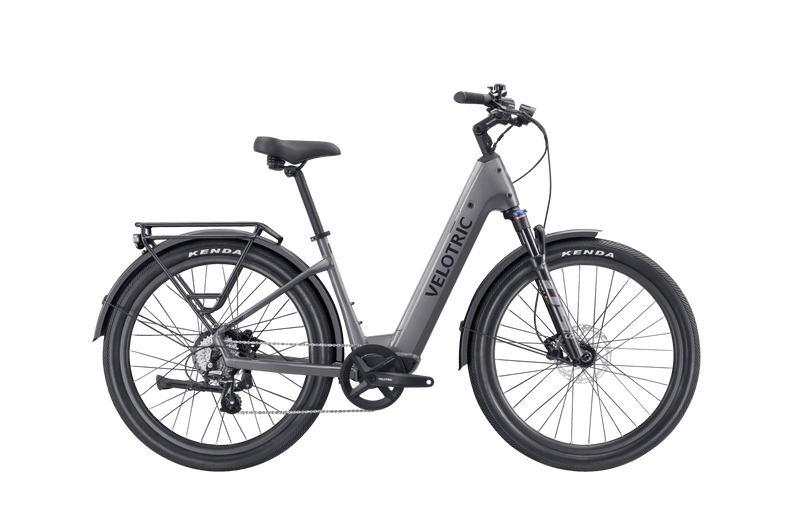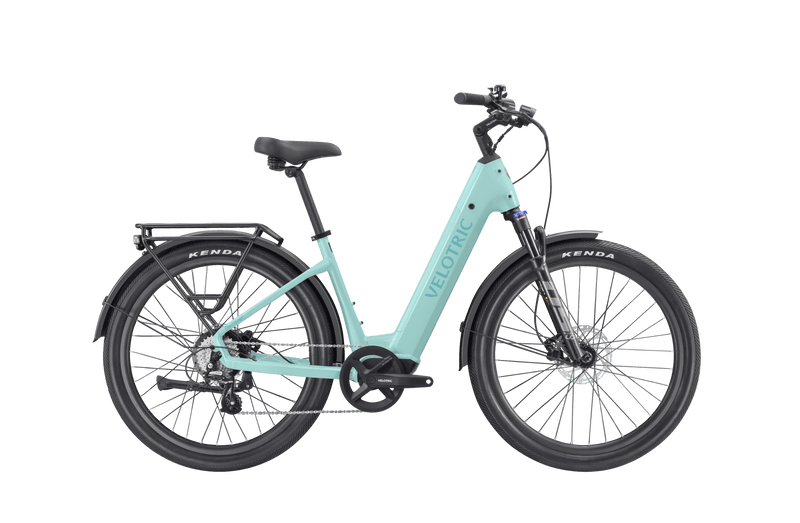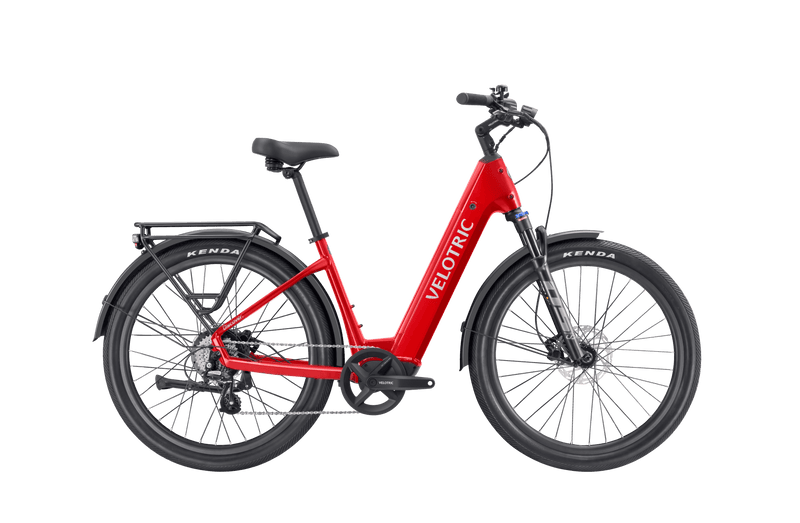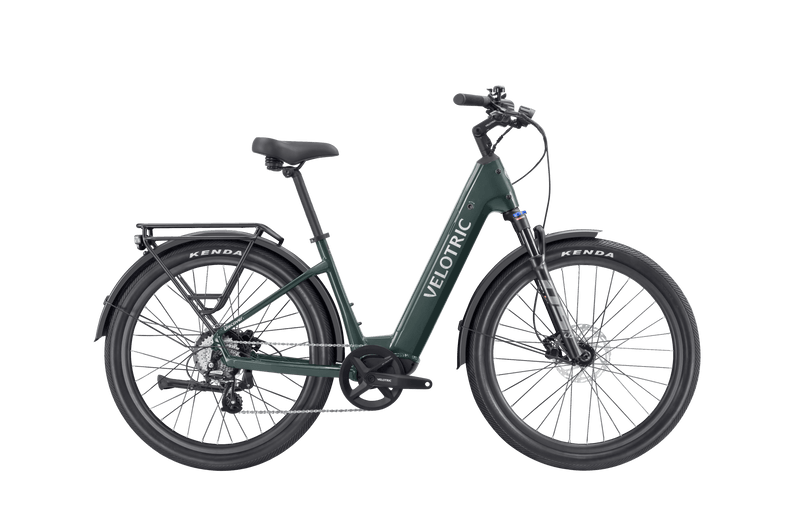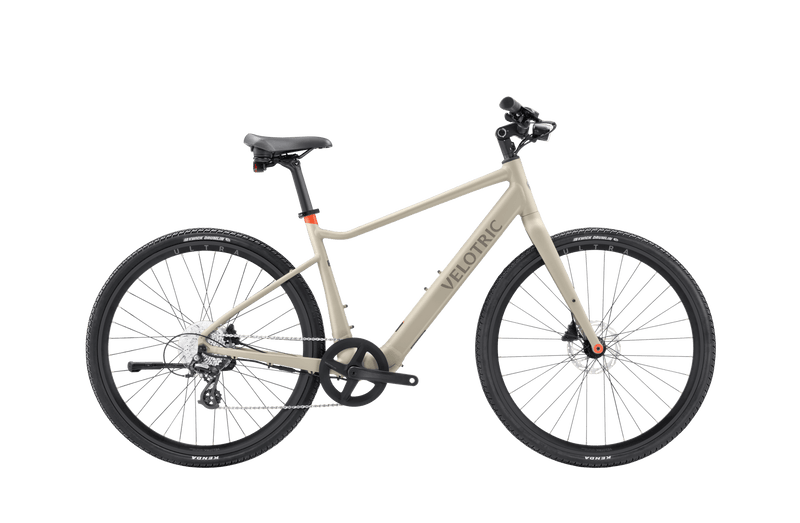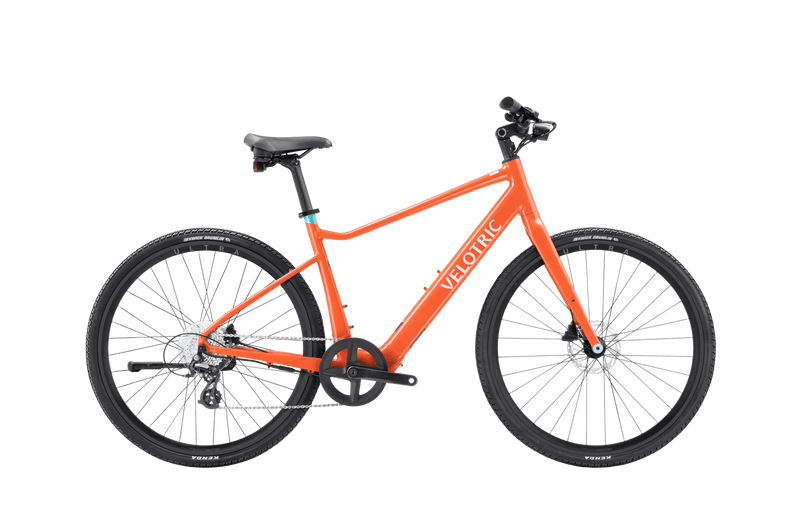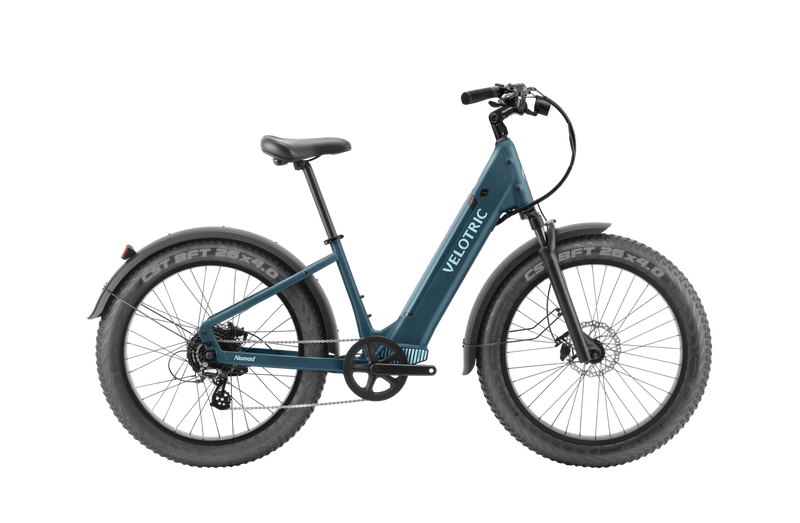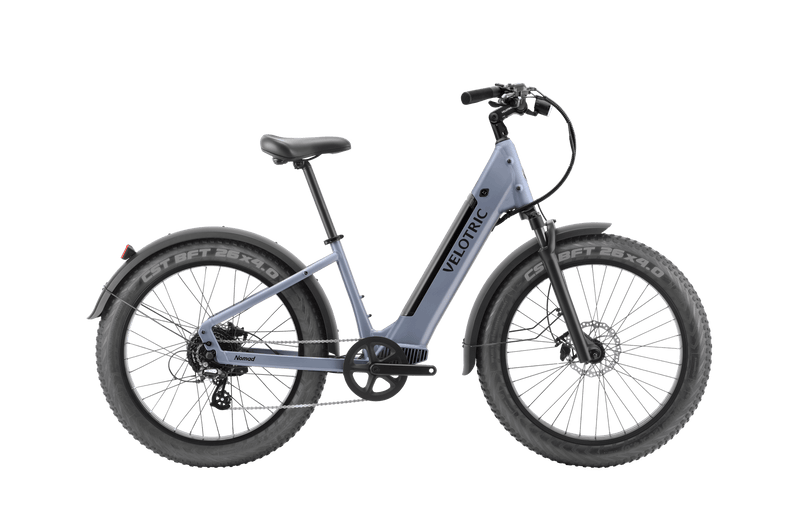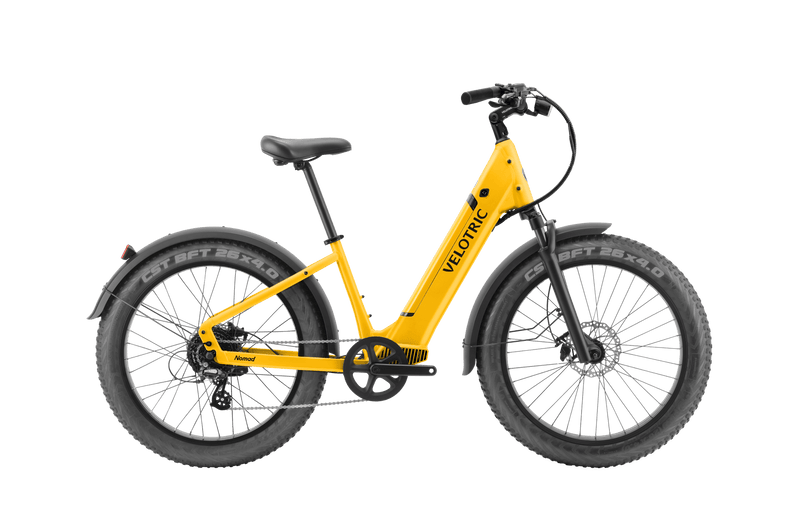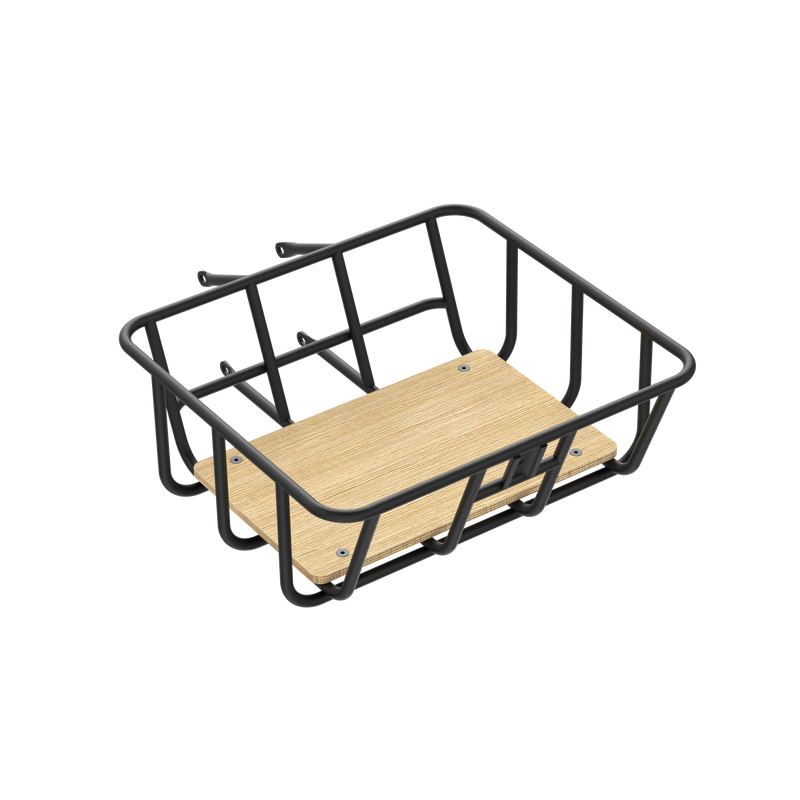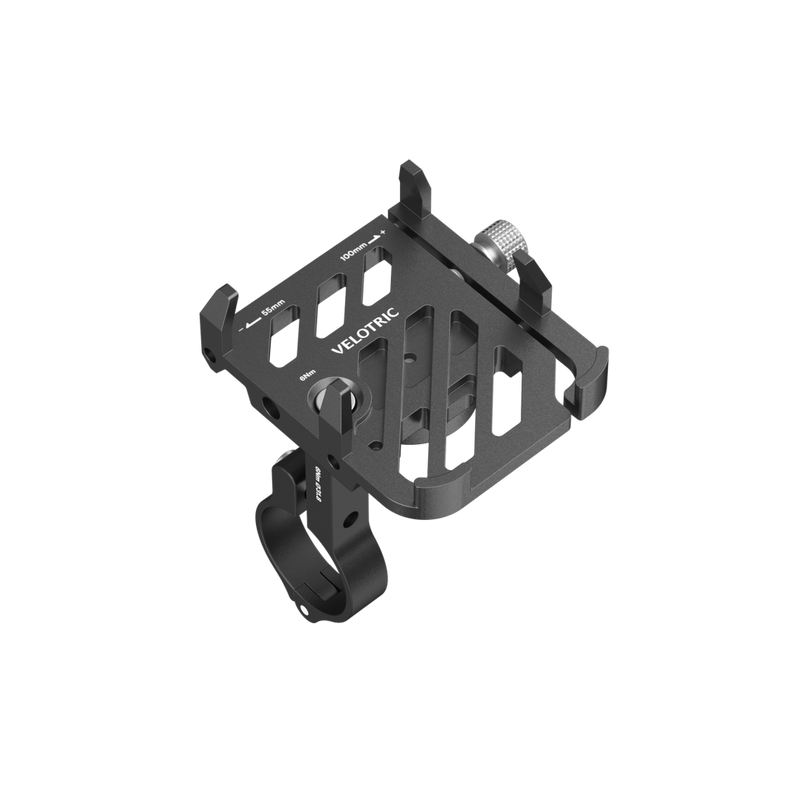Choosing the right disc brakes is crucial for ensuring the safety and performance of your e-bike. The decision between mechanical and hydraulic disc brakes can significantly impact your riding experience. Each type has its own set of advantages and drawbacks that cater to different riding styles and maintenance preferences. This guide explores the key differences between mechanical and hydraulic disc brakes, examining their mechanics, pros and cons, and practical applications to help you determine which system is best suited for your e-bike.

How to Know If Your Disc Brakes Are Mechanical or Hydraulic
Mechanical disc brakes use cables to activate the brake pads, similar to traditional rim brakes. You can usually see the cable running from the brake lever to the brake caliper. When you squeeze the brake lever, the cable pulls, causing the brake pads to clamp onto the disc rotor.
Hydraulic disc brakes, on the other hand, use fluid to transmit the force from the brake lever to the caliper. Instead of a cable, you'll see a hydraulic line (which looks like a thicker, reinforced hose) connecting the lever to the caliper. When you squeeze the brake lever, it pushes fluid through the hydraulic line, moving the pistons in the caliper and pressing the brake pads against the rotor.
Pros of Mechanical Disc Brakes
- Mechanical disc brakes have a straightforward design that uses cables to connect the brake lever to the caliper. This simplicity translates to a lower manufacturing cost, making these brakes generally less expensive than hydraulic systems. Their affordability makes them a popular choice for entry-level bikes and electric bikes, where cost-efficiency is a significant factor. This can be particularly appealing for new cyclists or those purchasing their first e-bike.
- One of the biggest advantages of mechanical disc brakes is their ease of maintenance. With fewer components and no need for specialized tools, these brakes can be adjusted and repaired by the average rider without extensive mechanical knowledge. This is especially useful during long rides, where quick adjustments might be necessary. For instance, if you notice your brakes are not as responsive, a simple cable tension adjustment can often resolve the issue on the spot.
- Mechanical disc brakes are compatible with most standard brake levers, which makes them a versatile option for cyclists. This compatibility is beneficial for those upgrading from traditional rim brakes or building a custom bike. If you already have a bike with mechanical rim brakes, switching to mechanical disc brakes can be a more straightforward and cost-effective upgrade, as you can often retain your existing brake levers.
Cons of Mechanical Disc Brakes
- Mechanical disc brakes tend to be less effective in wet or muddy conditions compared to their hydraulic counterparts. The open cable system is more susceptible to dirt and moisture, which can lead to reduced braking performance. Additionally, the cables themselves can rust over time, especially if the bike is frequently exposed to rain or moisture, leading to increased maintenance needs and potentially compromising safety.
- The feel of mechanical disc brakes at the lever can be less smooth and responsive. The modulation, or the ability to finely control the braking force, is generally not as precise as hydraulic systems. This can be particularly noticeable during aggressive riding or in technical terrains where nuanced braking control is crucial. For example, during a steep descent, the less responsive nature of mechanical brakes might make it harder to control the bike's speed smoothly.
- While mechanical disc brakes are easier to maintain, they require more frequent adjustments to keep them working optimally. Cables can stretch over time, and wear and tear on the pads and rotors can lead to the need for regular tuning. This means you might find yourself frequently adjusting cable tension and replacing worn parts to ensure consistent performance. Over time, these small maintenance tasks can add up, both in terms of effort and cost, which might be a consideration for those who ride often or cover long distances.
Advantages of Hydraulic Disc Brakes
- Hydraulic disc brakes deliver consistent and powerful stopping force. This feature is crucial for e-bikes and electric bikes, which often reach higher speeds and carry more weight than traditional bicycles. The enhanced stopping power ensures safer and more effective braking, especially in high-speed scenarios or when carrying heavy loads.
- The use of hydraulic fluid allows for smoother and more precise control over braking force. This improved modulation means you can apply the brakes more gradually, which is beneficial for controlling your speed with greater accuracy. For example, during a steep downhill ride, the ability to finely tune braking pressure helps maintain stability and prevents skidding.
- Once properly set up, hydraulic disc brakes need less frequent maintenance compared to mechanical brakes. The sealed hydraulic system is less prone to contamination by dirt and moisture, reducing the chances of performance issues over time. This reliability means fewer adjustments and less time spent on upkeep, allowing you to focus more on riding.

Disadvantages of Hydraulic Disc Brakes
- Hydraulic disc brakes are generally more expensive than mechanical brakes. The higher cost can be a significant factor for budget-conscious riders or those new to cycling. For someone investing in their first e-bike, the initial outlay for hydraulic brakes might be a hurdle, despite the long-term benefits.
- The complexity of hydraulic systems means that maintenance and repairs often require specialized tools and knowledge. This can be a drawback if you prefer to do your own bike maintenance. For instance, bleeding the brake lines to remove air bubbles or replacing the hydraulic fluid typically requires specific skills and equipment, making it more challenging for DIY enthusiasts.
- Setting up hydraulic disc brakes can be more challenging and time-consuming than mechanical ones. Ensuring there are no air bubbles in the hydraulic line is critical, as even a small amount of air can significantly impact brake performance. This meticulous process can be daunting for beginners and might require professional assistance, adding to the overall cost and effort.
Mechanical vs. Hydraulic Disc Brakes: How to Choose
When choosing between mechanical and hydraulic disc brakes for your e-bike, consider:
Choose Mechanical Disc Brakes
- If you frequently ride on flat, dry terrain or engage in casual rides, mechanical disc brakes may suffice and save on costs.
- If you prefer to handle your own bike maintenance and want a simpler system, mechanical disc brakes are easier to work on.
- If you are on a tight budget, mechanical disc brakes offer a cost-effective solution with decent performance.
- If your e-bike is used for more leisurely rides or shorter commutes, mechanical disc brakes can still be a viable and budget-friendly option.
Or, Choose Hydraulic Disc Brakes
- If you frequently ride in wet, muddy, or steep conditions, hydraulic disc brakes offer superior performance and reliability.
- If you don't mind taking your bike to a professional for occasional maintenance and want the best performance, hydraulic brakes are a better option.
- If you can afford to invest more in your braking system, hydraulic disc brakes provide better performance and long-term reliability.
- If you have an electric bike that reaches higher speeds and carries more weight, the enhanced stopping power and modulation of hydraulic disc brakes are highly beneficial.






































